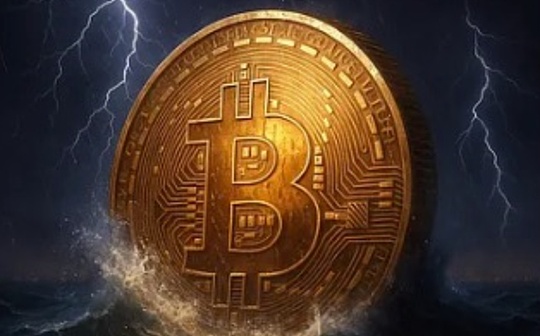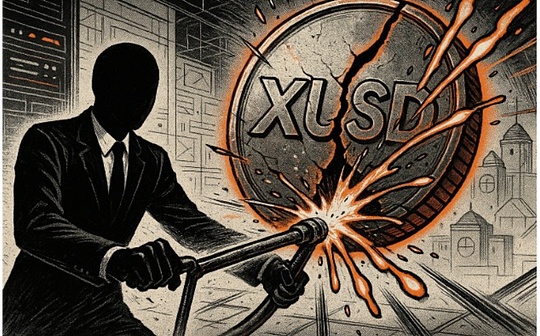
Most retail traders focus on technical charts and indicators such as price, volume, the Relative Strength Index (RSI), and even the Moving Average Convergence and Divergence (MACD).
But what really drives these digital changes is a far more hidden force – order flow.
Order flow is a collection of buy and sell orders that flood into the market every second. As the pulse of liquidity, it reveals the identities of buyers and sellers and their trading aggressiveness.
From Wall Street to decentralized exchanges, professional institutions use order flow to price risks, capture signals of long-short imbalances, and predict short-term trends before they appear on the charts.
Understanding order flow can help you get rid of the dilemma of fighting the market undercurrent.
1.Why order flow matters
All market prices are the result of the game between buyers and sellers, and order flow reflects the intensity of this game.
The market maker adjusts the width of the bid and offer quotes accordingly:Once the emergence of “toxic order flow” with information advantages is detected, the spread will be widened to protect itself.
Institutional investors rely on order flow data to judge market sentiment and manage positions.For example, a sudden emergence of aggressive buying orders in the crude oil futures market often indicates that the fund is adjusting its asset weights.
Retail investors may not notice this signal for several hours.
Execution quality, slippage costs, and liquidity conditions all ultimately depend on the ability to interpret order flow.
2.From Wall Street to Robinhood
In traditional finance, order flow data is a multi-billion dollar business.Retail brokerages such as Robinhood route customer trading orders to institutions such as Citadel Securities, which pay for execution through order flow.
In order to avoid price shocks, institutions often use bulk trading in dark pools.
Although this approach reduces slippage, it also weakens market transparency and creates a “dual market” structure that regulators continue to dispute.
For decades, the focus of controversy has revolved around fairness:Should retail investors have the same access to deep order books as market makers?With the rise of decentralized markets, the answer is gradually tilting towards “yes”.
3.Order flow in cryptoassets and DeFi
There are no dark pools in the crypto market, but there are Maximum Extractable Values (MEV).A mechanism for miners or validators to make profits by adjusting the order of transactions within a block.
In practice this means: when you submit a pending exchange transaction on Uniswap, you may encounter a “sandwich attack”:
-
The robot detects your purchase order
-
Pre-emptive buying drives up prices
-
You are forced to sell at a higher price
-
Robot sells arbitrage spreads immediately
This is toxic order flow in the DeFi space.
On centralized exchanges this is calledfront-running; On the chain, this is only public information beingThe result of weaponization by high-speed traders.
There are currently protocols that reduce risks through private transaction routing, essentially reconstructing the dark pool mechanism while maintaining open source and auditable features.
4.Artificial intelligence is reshaping order flow
AI models are completing tasks beyond the reach of humans at millisecond speeds:
-
Differentiate retail and institutional order flows in real time
-
Detect whether liquidity providers are subject to high-frequency strategy attacks
-
Dynamically optimize trade paths to minimize MEV or slippage
In the crypto space, this has given rise to an AI-driven execution layer that redistributes MEV revenue to users and stakers, turning what was once predatory behavior into a revenue stream.
5.Why we must pay attention to order flow
Because every trade you make on Robinhood or Binance is essentially a competition for execution quality.Inefficient routing or unprotected order flow means you are continuing to pay hidden costs – which could be a few basis points per trade for retail traders, or millions of dollars in slippage and opportunity costs for institutions.
With the fusion of AI and blockchain transparency technology, order flow is heading towards a democratized future: traders will finally take back value capture from middlemen.





